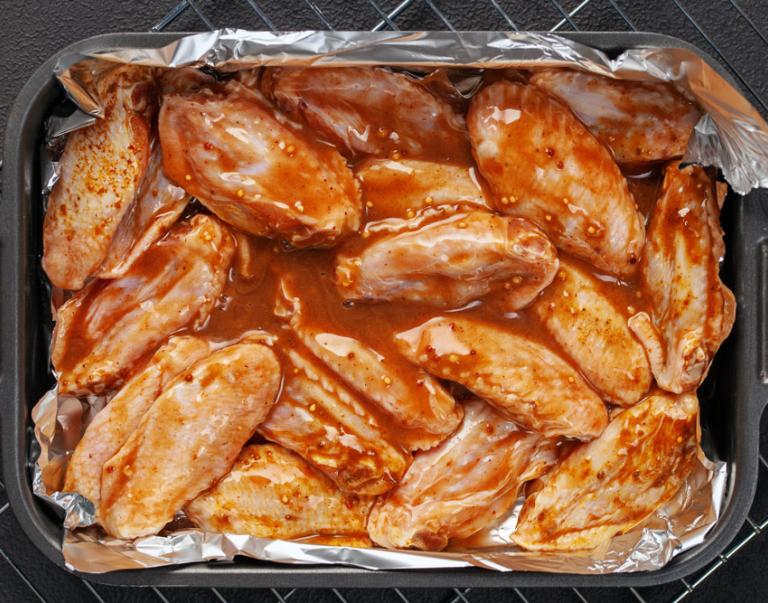
This post is part of the Science Tuesday feature series on the USDA blog. Check back each week as we showcase stories and news from USDA’s rich science and research portfolio.
If you hear a deep resonant voice and the words, “Only YOU…,” you probably could complete the iconic words, “…can prevent forest fires.” More than seven in ten adults in the United States would recognize Smokey Bear and know his message, according to a 2011 Ad Council survey.
Now some of the illustrations that helped create the image we most associate with Smokey, who celebrates his 70th anniversary as spokesbear for the U.S. Forest Service (FS) this year, are on display for the first time. Nineteen original paintings by Virginia artist Rudolph Wendelin from USDA’s National Agricultural Library (NAL) Smokey Bear history collection are being featured in an exhibit at the Chrysler Museum of Art in Norfolk, Virginia.
Wendelin wasn’t the first to draw Smokey back when the bear was created in 1944. But he drew Smokey hundreds of times, serving as Smokey Bear’s art consultant and “chief caretaker” from 1946 until his retirement from the Forest Service in 1973. Under Wendelin’s hand, Smokey took on the humanized look by which he is best known today: grave expression, hands rather than paws, jeans, shovel and that emblematic ranger hat.
After retiring, Wendelin continued to produce Smokey Bear images, including oil and acrylic paintings used as artwork for calendars by the Vernon Company. The pictures honor the appeal and power of Smokey’s message for humans to take care with fire in the wild.

In 2000, after Wendelin’s death, FS purchased the paintings from his family and transferred them to NAL for proper conservation. NAL already had a Smokey Bear collection with about 115 feet of material that included sound recordings of Mickey Hart of the Grateful Dead and B.B. King celebrating Smokey’s 40th, letters and memos, posters, videos—like Smokey on Hollywood Squares and Entertainment Tonight—sports memorabilia, and much more. NAL is a hub for Smokey’s history, with even the National Archives contributing to the assemblage of centralized material. A guide to NAL’s U.S. Forest Service Smokey Bear Collection is available here: http://specialcollections.nal.usda.gov/guide-collections/us-forest-service-smokey-bear-collection.
Wendelin’s daughter Elizabeth, who is a fine art conservator specializing in paper objects, was appreciative not only to see her father’s paintings on display “but that USDA took the time to conserve the paintings. This action made it possible for them to be displayed in the best condition for this exhibit and any that may be planned in the future. The image of Smokey has changed over the years and will continue to do so. The preservation of this collection by one well-regarded Smokey Bear artist will give future historians information that may otherwise be lost.”
His widow Carrol added, as she was all smiles at the opening reception at the Chrysler Museum, “I can hardly believe that he painted these in our house.”
Exhibition runs until Feb. 1, 2015: www.chrysler.org/exhibitions/70-years-of-smokey-bear/




